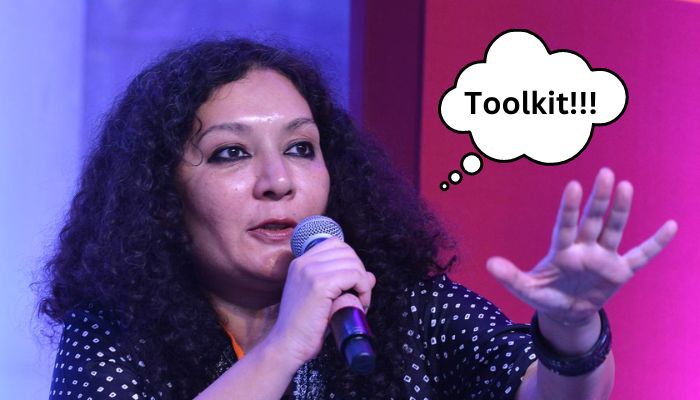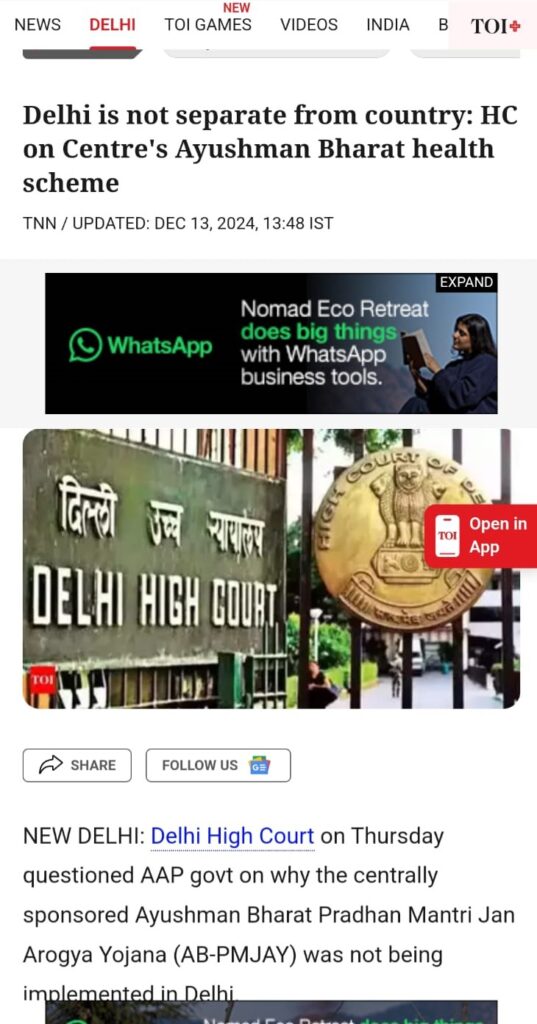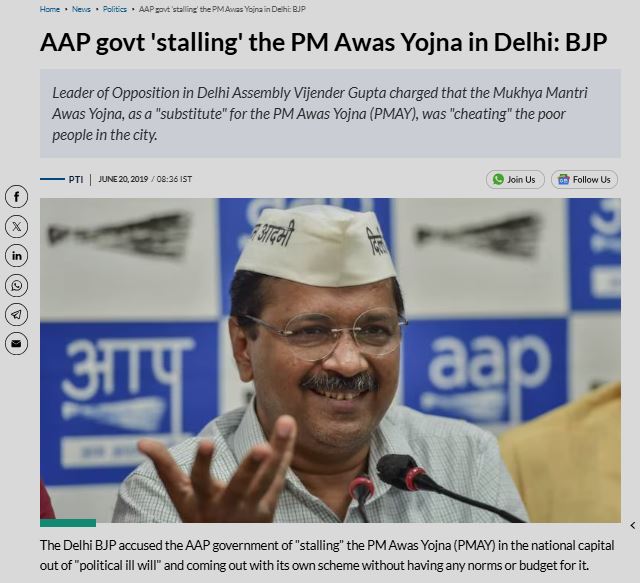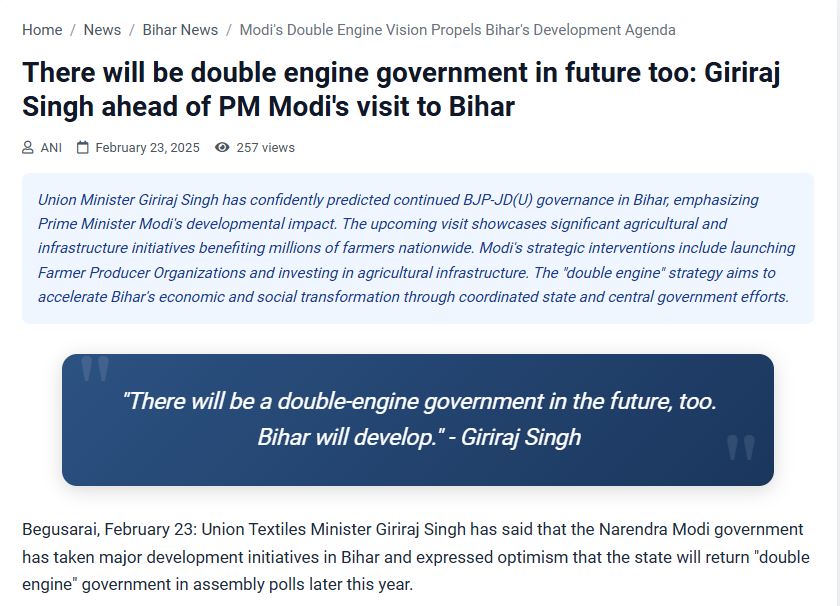

In her recent article, Saba Naqvi critiques the Bharatiya Janata Party’s (BJP) “double-engine” governance model, suggesting it undermines India’s federal structure and marginalizes opposition-led states. However, a closer examination reveals that this model can enhance policy implementation and ensure that central schemes benefit citizens without political hindrances.
Double-Engine Government Concept:
Naqvi argues that the BJP’s promotion of a “double-engine” government—where state governments align with the central administration—serves to consolidate power rather than foster development. Contrarily, this alignment can lead to more efficient governance by ensuring seamless implementation of policies and reducing bureaucratic delays. For instance, in Delhi, the previous administration’s reluctance to implement the Ayushman Bharat scheme deprived residents of substantial healthcare benefits. The subsequent BJP-led government promptly approved the scheme, extending healthcare coverage to millions.

Control Over Institutions:
The assertion that the BJP manipulates institutions like the Election Commission and judiciary lacks concrete evidence. Institutional decisions often stem from legal and constitutional mandates rather than partisan influence. For example, the Delhi High Court’s directive to implement Ayushman Bharat was based on legal considerations to benefit residents, not political bias.

Media Influence:
While concerns about media bias exist, it’s essential to recognize that media narratives are shaped by diverse factors, including editorial policies and market dynamics. Accusing the BJP of orchestrating media bias oversimplifies the complex nature of media operations in a democratic society.
Financial Manipulation:
The claim that the central government withholds funds from opposition-ruled states overlooks instances where political differences have led to states rejecting central schemes. In Delhi, the previous administration’s refusal to implement PradhanMantri Awas Yojna (PMAY) meant foregoing substantial central assistance, impacting residents’ access to Housing .

Regional Party Dynamics and Future Challenges :
Political realignments are inherent in a democracy. The BJP’s expansion into regions traditionally dominated by regional parties reflects its electoral strategy and public support rather than an intent to marginalize local entities. For instance, the BJP’s rise in states like West Bengal and Bihar resulted from electoral processes where voters favored its policies.
Upcoming elections in states like West Bengal and Bihar are indeed critical battlegrounds. However, the BJP’s strategies, including promoting double-engine governance, aim to present voters with the potential benefits of policy alignment between state and central governments, such as streamlined development projects and efficient public service delivery.

While Known anti-Modi Political Journalists like Naqvi’s raise illogical concerns about preserving federalism, it’s crucial to acknowledge that double-engine governance can facilitate effective policy implementation and development. The case of Ayushman Bharat and PMAY in Delhi illustrates how political misalignment can hinder beneficial schemes, whereas unified governance can ensure their seamless execution, ultimately serving the public interest.
Author: Rishi Kalia is a seasoned entrepreneur, Digital media Strategist and political analyst with 23 years of diverse experience in business and public discourse. Tweets at Rishi Kalia